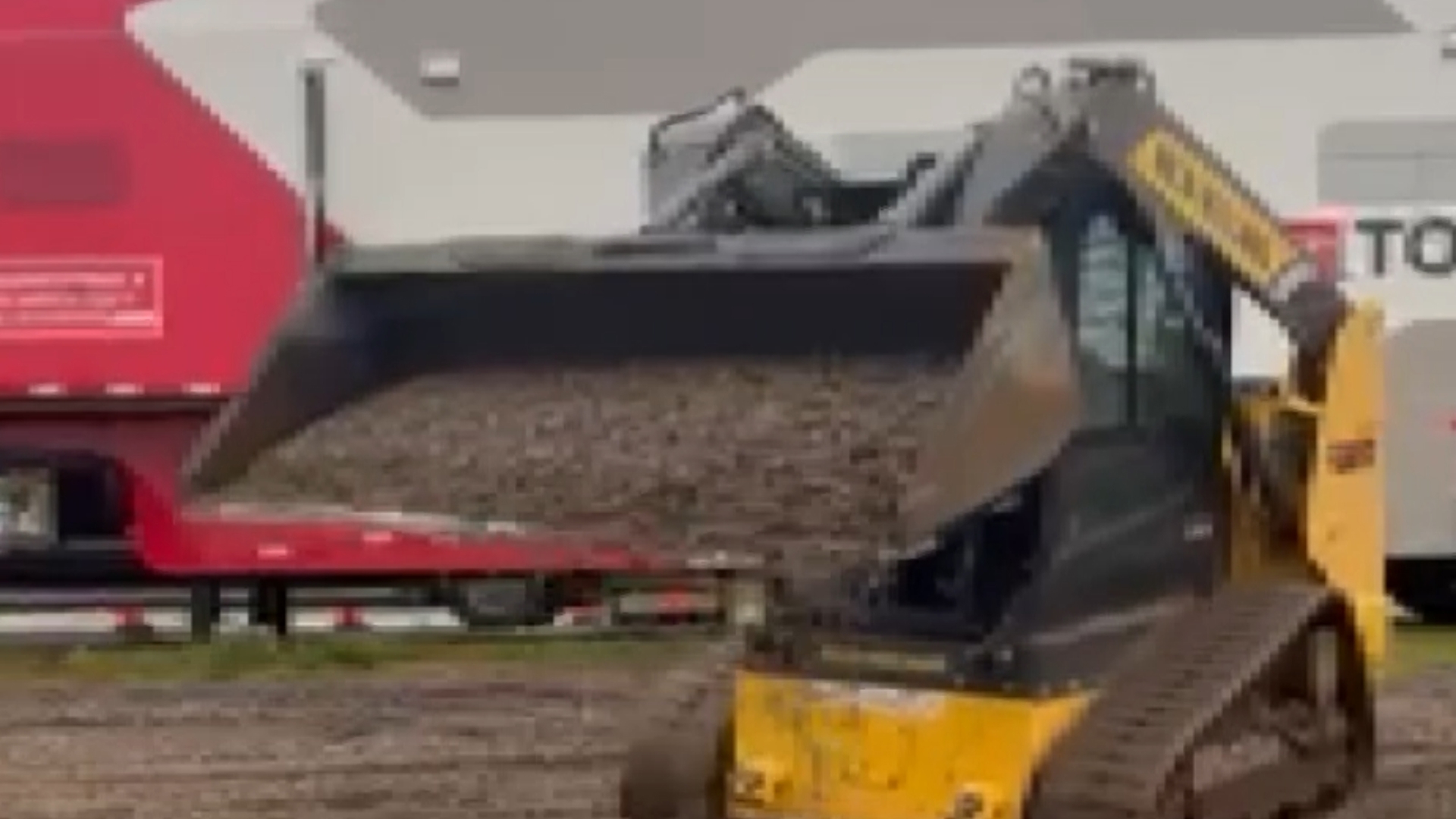SAN FRANCISCO — What a long, strange trip it's been for Uber's self-driving truck division.
The ride-hailing company announced Monday that it was, for now, parking its effort to develop commercially viable self-driving trucks in order to focus on bringing autonomous cars to its service.
“We recently took the important step of returning to public roads in Pittsburgh," Eric Meyhofer, head of Uber Advanced Technologies Group, said in a statement provided to USA TODAY. "As we look to continue that momentum, we believe having our entire team’s energy and expertise focused on this effort is the best path forward.”
Uber's self-driving efforts took a bit hit earlier this year when one of its Volvo SUVs equipped with autonomous sensors failed to detect a pedestrian crossing the street in a Phoenix suburb. The Volvo's safety driver also did not react in time, leading to the death of Elaine Herzberg, 49.
A self-driving Uber vehicle cruises in Tempe, Ariz., on Aug. 25, 2017. A self-driving Uber vehicle hit and killed a woman Sunday, March 18, 2018. (Photo: Mark Henle, The Arizona Republic)
In the aftermath, Uber halted all of its self-driving programs and was denied permission to resume such testing by Arizona's governor. Uber's self-driving trucks were testing in Arizona. The company only recently resumed car testing in Pennsylvania, where the ATG division is based.
Uber's trucking efforts were kicked off when then-CEO Travis Kalanick made a deal in 2016 with former Google car veteran Anthony Levandowski to buy Otto, Levandowski's months-old self-driving truck start-up, for around $680 million.
But last year, amid a series of corporate scandals related to Uber's culture and tactics that saw Kalanick depart, Waymo filed suit against Uber, claiming that Levandowski had stolen thousands of proprietary files related to Waymo's LiDAR sensor technology, which helps a vehicle see its environment via lasers.
Uber maintained that it did not use any stolen material to develop LiDAR, and fired Levandowski. When the case finally went to trial, it took just one week for Uber's lawyers to settle the case for around $245 million in Uber stock — with no admission of guilt.
Anthony Levandowski, shown here during a briefing at a garage owned by his self-driving truck company Otto, which Uber bought in 2016. (Photo: Eric Risberg, AP)
Uber said Monday that it intends to continue to pour money into proprietary LiDAR development.
Uber's decision to shutter its trucking effort, first reported by TechCrunch, does not effect Uber Freight, a company focused on matching truckers with loads through an app, the company said. Some self-driving truck employees will pivot to the self-driving car team, others will be offer severance packages.
The re-dedication to self-driving car tech comes as rival Waymo, the name of Google's nine-year-old self-driving car division, is looking to launch its first public autonomous-car service in the Phoenix area later this year.
That effort is an extension of an ongoing Waymo pilot project that has seen 500 test families running daily errands in its self-driving Chrysler Pacifica hybrid minivans. The company recently announced it would be adding up to 62,000 self-driving Pacificas to its fleet, suggesting that Waymo intends to get into the ride-hailing business.
Waymo recently announced a new partnership with Walmart and other companies in the Phoenix area that would see riders compensated by way of a merchandise discount for using a Waymo ride to get to their stores.
Waymo also has a division focused on exploring self driving trucks, as do a number of smaller start-ups around the country.
Self-driving cars are seen as the financial saviors of ride-hailing companies such as Uber and Lyft, which for years have kept ride prices artificially low by subsidizing trips with the billions they've raised in venture capital.
Not paying a driver would revolutionize the business model. Low wages for hide-hailing drivers already is a contentious issue in many cities, as is the increased congestion that results from fleets of Uber and Lyft cars.
New York, where a few ride-hailing and livery drivers recently committed suicide over their inability to make a living, recently announced it was considering a cap on such cars, as well as a minimum wage for drivers.



